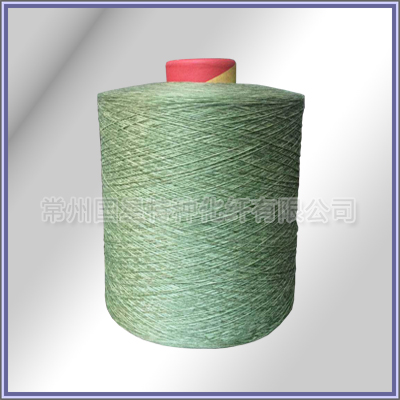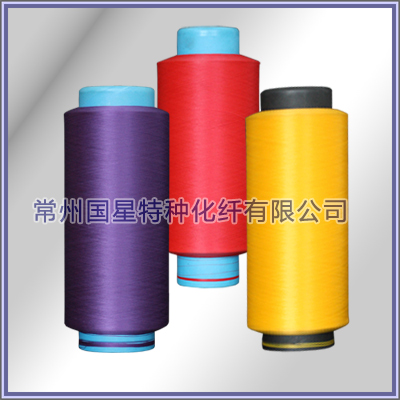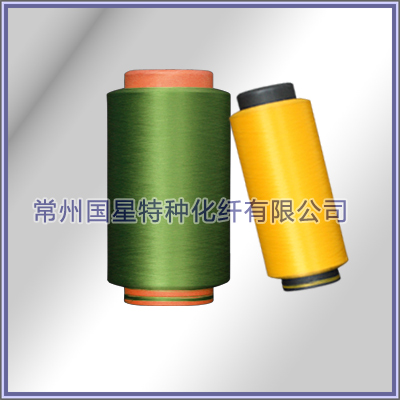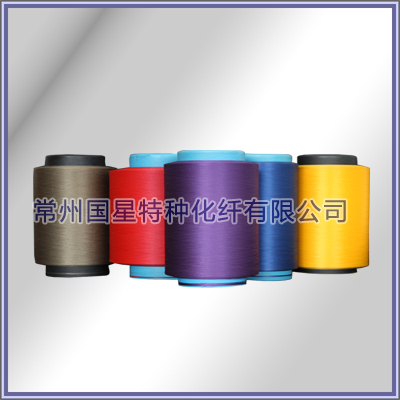Since the beginning of this year, in the context of consumption upgrades and industry recovery, apparel home textile consumer stocks have performed strongly overall. From the performance point of view, in the first quarter of 2018, the overall income of the brand apparel industry showed a strong recovery. From the perspective of the fine-molecular industry, the children's wear industry is currently the most prosperous field, with revenue growth exceeding 20% in all statistical periods; In the sub-sectors of women's wear, women's wear, home textiles, and underwear, the growth rate of operating income in 2017 and the first quarter of 2018 has been greatly improved. Among them, men's wear, women's wear, and underwear have maintained a steady recovery since 2017, and leisure has also changed its growth in the early stage. In the first quarter of 2018, the growth rate rapidly increased to 18.3%.
The industry believes that the growth rate of some listed companies in the apparel industry has shown a trend of improvement, except for the net profit of the outdoor sports industry, which is still negative, mainly because the domestic outdoor sports apparel business model is simple, the industry supply is too much, the channel inventory is backlogged, and the competition is fierce. The performance of other fine-molecular industries in the first quarter of 2018 achieved rapid growth, and the profit growth rate of the casual wear industry was the most obvious. Men's wear, home textiles and children's wear continued to maintain a growth rate of around 20%.
GF Hanjie, an analyst at GF Securities, said that since the fourth quarter of 2017, the consumption of clothing terminals has rebounded, and the growth rate of retail sales of clothing, shoes, hats, needles and textiles above designated size has begun to increase, providing a rebound in the performance of the brand apparel sector. Strong support.
According to the financial report, in the first quarter of 2018, 57 Shanghai and Shenzhen stock exchanges and home textiles listed companies achieved operating income of 116.389 billion yuan and net profit attributable to the parent company of 10.971 billion yuan. According to statistics, in the first half of 2018, 145 garment home textiles were listed. The company's total market value is 875.72 billion yuan. From the market value ranking, Shenzhou International ranks first, followed by ANTA Sports, and the third is Haishuo.
It is understood that Shenzhou International is a vertically integrated knitting manufacturer in China, which manufactures high-quality knitwear for customers mainly in the form of OEM. In order to realize the most competitive enterprises in the world of knitted garments, the company mainly produces knitted sports goods, casual wear and underwear. The main customers are international famous brand clothing retailers, including UNIQLO, ADIDAS, NIKE and PUMA. The product market has gradually expanded from the Japanese market to the Asia-Pacific region and Europe and the United States. The company employs more than 74,600 people, covers an area of over 3.89 million square meters, and has a construction area of more than 3 million square meters. It produces more than 310 million pieces of knitted garments every year.
In the past ten years, Shenzhou International's performance has been rising, and it has become a leading enterprise in the knitting manufacturing industry. In 2017, the company's operating income was approximately 18.1 billion yuan, a year-on-year increase of 20%; the net profit attributable to the parent company was approximately 3.9 billion yuan, a year-on-year increase of 20%.
ANTA Sports is one of the Chinese brand sportswear companies. The Group mainly designs, develops, manufactures and markets sportswear, including Anta brand sports footwear and apparel designed for professional athletes and the general public, selling Anta products to distributors in wholesale form, and these distributors are responsible for authorizing Anta Retail. The stores are distributed and finally, these authorized retail outlets sell Anta products to consumers in China. The Group places great emphasis on building brands and promoting Anta products through newspapers and TV commercials, sponsoring Chinese sports competitions, national leagues, athletes and many other promotional activities.
In 2017, ANTA Sports achieved revenue of 16.69 billion yuan, a year-on-year increase of 25.1%, and net profit of 3.09 billion yuan, a year-on-year increase of 29.4%. In 2017, Anta Group sold more than 60 million pairs of shoes, more than 80 million pieces of clothing, and more than 10,000 stores. In 2017, Anta's market value exceeded 100 billion Hong Kong dollars, ranking third in the global industry, second only to Nike and Adidas. . In 2017, Anta brand won the ��Best 50 Most Valuable Clothing Brands in the World in 2017�� by ��Brand Finance��.
Anta's main brands include ANTA ANTA, FILA, Desente, Ice and Snow Sports, Sprandi, Kolon Sport, NBA Co-brand and Children's Kingkow, Anta Kids And FILA Kids. Anta's current brand matrix covers professional sports to mass sports, from high-end leisure to urban health, to meet the needs of different consumers.
Haicang House is a menswear brand with multi-brand operations. The company was formerly known as Jiangyin Haiyan Garment Co., Ltd., which was established in 2002. In 2014, it was listed on the backdoor of Keno Technology. The company's main chain of brand clothing is the leading domestic men's wear enterprise. It owns four major clothing brands, such as Haishu House, Aiju Rabbit, Haijia and Sankenuo. Among them, Haishu Home is located in the high-quality men's clothing of business, fashion and leisure. The consumer group is mainly located in 25-45 years old. Men with an annual income of between 20,000 and 100,000 yuan, Aiju Rabbit is positioned in the urban style of fashion and casual style. The Hai family is positioned to launch cost-effective menswear for low- and middle-income people.
In the first quarter of 2018, during the reporting period, Haishu Home achieved operating income of 5.786 billion yuan, an increase of 12.16% compared with the same period of the previous year. The net profit attributable to shareholders of listed companies was 1.131 billion yuan, an increase of 11.97 compared with the same period of the previous year. %, basic earnings per share of 0.25 yuan / share, an increase of 13.63% compared with the same period last year.
As of the end of the reporting period, the total assets of Haishu Home were 27.532 billion yuan, an increase of 9.70% compared with the same period of the previous year. The net assets attributable to shareholders of listed companies was 12.318 billion yuan, an increase of 10.21% compared with the same period of the previous year.
Industry researcher Li Qiqi believes that in the first half of this year, the consumption of textile and apparel continued to grow, and the growth rate of retail sales of clothing, shoes, hats and needle textiles remained above 6%. From the performance of the listed company in the first quarter, the operating income of the industry increased by 22% year-on-year, and the net profit attributable to the parent company increased by 13%. The basic orientation is good. From the point of view of brand apparel, the de-stocking effect of the apparel industry has emerged, and the recovery trend continues. . The current consumer demand for clothing is increasingly personalized.
Yan Hanjie said that in 2017, the valuation of textile and garment industry is in the process of continuous digestion. The average valuation of the industry has dropped from nearly 40 times at the beginning of 2017 to less than 30 times at the end of 2017. The average valuation of the industry in 18 years. The level of bottoming has rebounded, but it is still in a historically low position.
According to statistics on the allocation of funds in the textile and apparel industry since the end of 2010, the current position of the textile and apparel industry is at the bottom level, close to the historical low level in mid-2013, but the concentration of industry positions has increased since the first quarter of 2018.
Li Qiqi admits that the clothing group that has multiple brands and meets the differentiated needs of the market segment has a broad growth space. In addition, the home textile industry has recovered significantly, and the rapid development of e-commerce channels has promoted brand sales growth. With the upgrade of consumption, the industry concentration will be further improved in the future, and high-end home textile enterprises are expected to benefit.

 +86-519-86266888
+86-519-86266888 gxhx888@126.com
gxhx888@126.com



